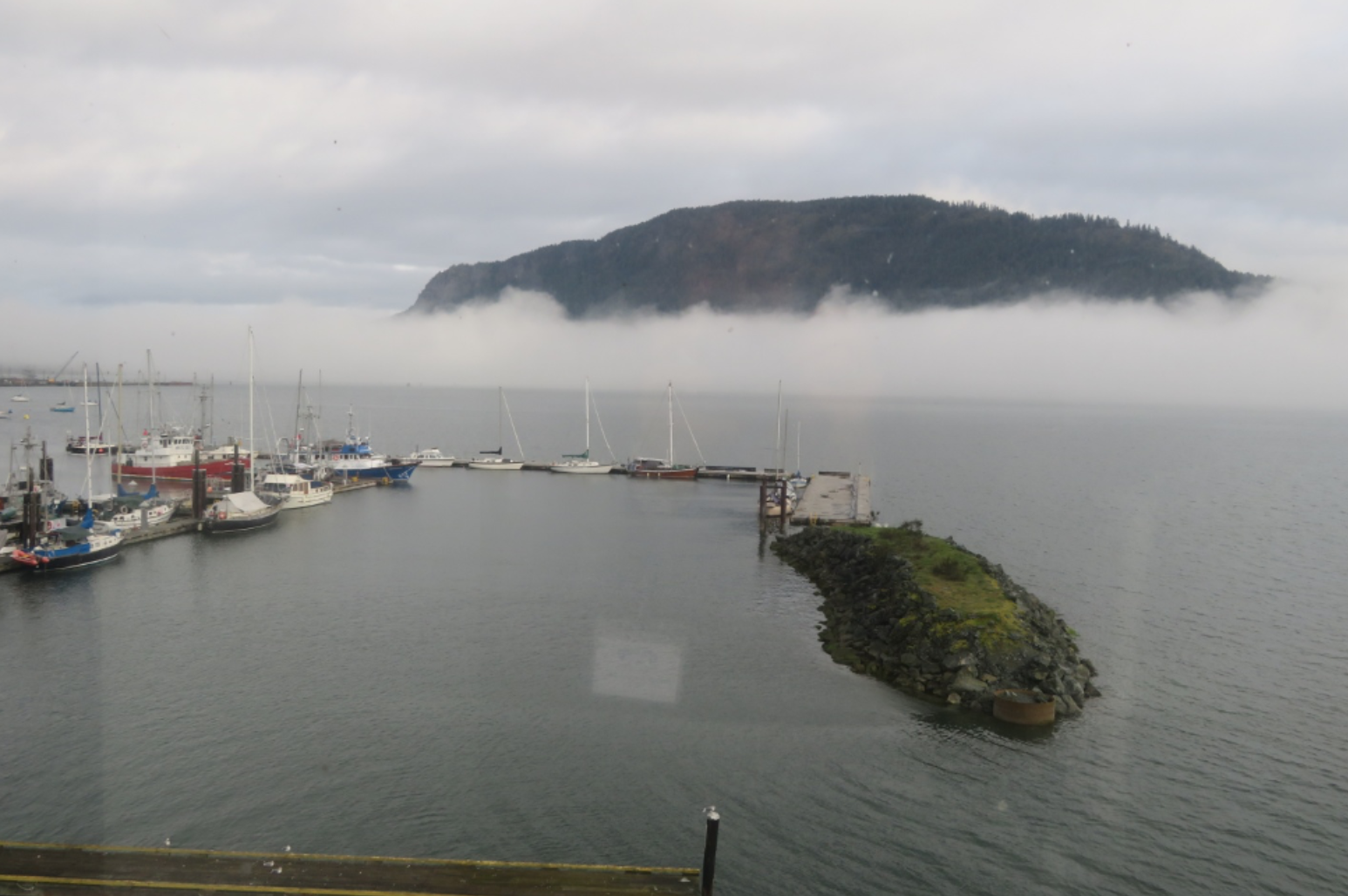Estuarine Health Workshop
Estuarine Health Workshop
On March 3, 2020, CERCA hosted a brainstorming workshop on the assessment of estuarine health in BC, held at the Oceanfront Hotel in Cowichan Bay.
It was our hope that by bringing together experts in their fields and allowing them to share several hundred years of collective knowledge and experience, a consensus agreement could be arrived at on practical, feasible, and cost-efficient method to identify key indicators and knowledge gaps for estuary health. Identifying such indicators is essential to the development of a suitable protocol with which coastal communities on the Pacific coast can implement monitoring and assessing estuarine health. Further, consistent approaches to estuarine health assessments in the province are needed to allow comparison of results, which would assist Government agencies, academia and coastal communities on the Pacific coast to identify root causes of impacts, conservation/restoration actions, and measures to be taken for climate change mitigation.
The workshop was attended by over 40 participants from Academia, Government and the Private Sector pooling their estuary related expertise. In order to encourage “thinking outside the box” andto facilitate communication among members with a range of unique perspectives and disciplines, participants were randomly assembled into 5 round-tablediscussion groups.
After opening statements by Dr. Goetz Schuerholz and workshop moderator Dave Dr. Preikshot, self-introductions were conducted by the workshop participants. It was amazing to learn about the diversity of professional backgrounds and the depths and widths of the collective expertise and experience of the attendees.
Direct YouTube Link: https://youtu.be/obr6CaD-6tQ
This was followed by a presentation of Eddy Carmack, providing a conceptual view of the "Whole of the Parts of a Marine/Estuary Ecosystem". Rodger Hunter focused in his presentation on the use and abuse of the Cowichan Estuary over time. Roy Brooke, the third and last speaker,triggered a lively discussion with his thought-provoking presentation one system goods and services to be recognized, protected and capitalized on by decision-makers on the local and regional level to be striving for sustainable land use management.
Direct YouTube Link: https://youtu.be/1Es-SvvtAgg
The working groups were then left to brainstorm and discuss potential indicators and their applicability to the assessment of estuarine health. After brainstorming, one member from each group gave a short presentation on their group’s findings and recommendation, followed by a lively open discussion.
The results presented by the five discussion groups made it very clear how complex estuarine ecosystems are and how difficult it is to account for all of the important components worth monitoring. Since the conception of this workshop, we had anticipated some difficulty in coming to a consensus on a comprehensive set of indicators that do justice to the entire system which also includes the watershed and hinterland of an estuary. Although the indicators and methods proposed by the five working groups do show a lot of commonality and are a good starting point towards a robust and comprehensive list that accounts for the complexity of estuarine systems, it became soon apparent that much more work is needed to identify Key indicators that are practical, cost effective, sustainable, and represent the complex estuary system.
Direct YouTube Link: https://youtu.be/nfi1HSNwuDs
Moving forward, a literature review is underway in order to assess what others have done to define priority health indicators.Several of the participants have already steered us in the right direction by providing literature from organizations which have conducted similar multi-disciplinary workshops addressing the same topic we have been struggling with, including the US Environmental Protection Agency, and Think Tanks from Australia and Europe. We definitely can learn a lot from all this impressive work and will try to incorporate the most salient findings into our tables/flowcharts/ranking and ratings of indicators. No doubt, there always will be some subjectivity in all of this, especially when it comes to ranking and rating parameters in an attempt to assign priorities. We will do our best to keep this bias to a minimum. Once the review is completed and incorporated into the proceedings, a 'final draft' will be send out for review and input from workshop participants. How to convert all this into a "protocol" to be accepted by the agencies responsible for estuary management in BC, however,remains an open question.
We would like to thank everyone who helped organize and participate in this workshop: Eddy, Roy, and Rodger for their thought-provoking presentations; Dr. Dave Preikshot for his excellent,competent, efficient, effective and sovereign role as workshop moderator; Beate Weber-Schuerholz for volunteering her time and providing logistical support;Steve Nazar for recording and editing video of the workshop; and, Tristan Douglas for taking minutes and writing the proceedings. We would also like to thank the Pacific Salmon Fund for their financial contributions which helped to make this important workshop a reality.
Dr. Goetz Schuerholz
Chair CERCA




